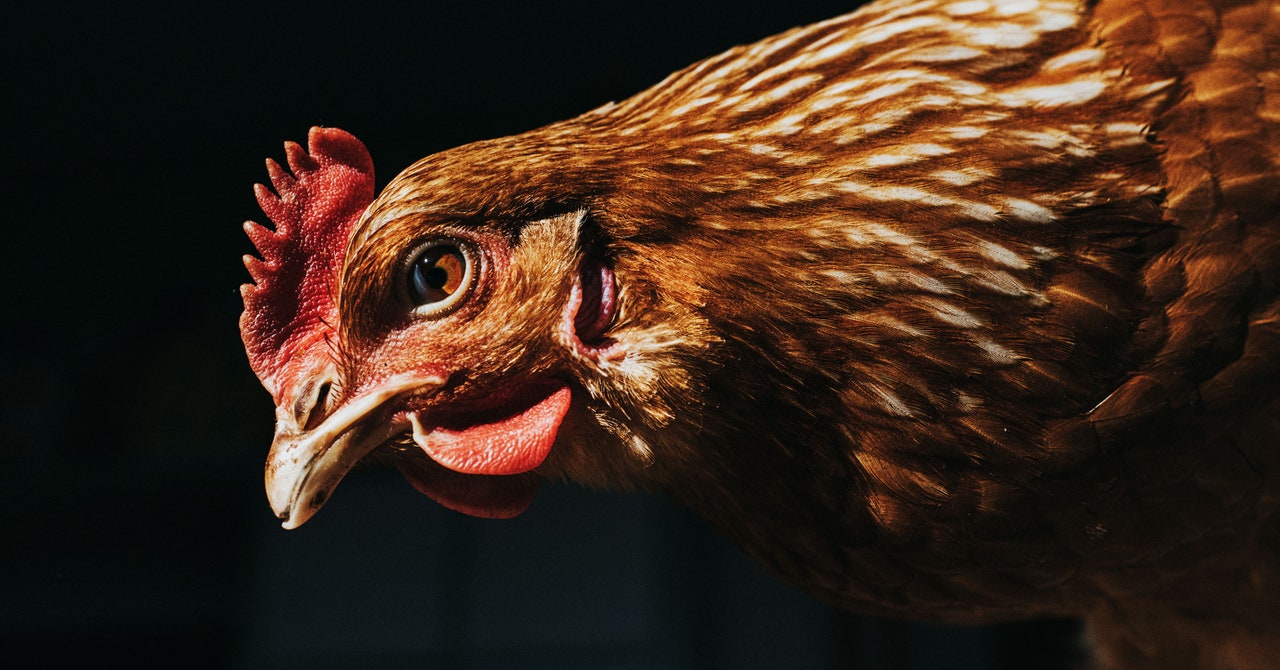
That was thought to be the best the US could do, especially with the pro-business Trump administration about to take over. But researchers knew in advance that a growth promoter ban would be inadequate. They already had an example of why it wouldn’t work: A few years earlier, the government of the Netherlands had noticed that, despite the EU ban in 2006, sales of antibiotics to Dutch farms kept rising. An investigation by academics working with regulatory agencies revealed that companies selling ag antibiotics in the Netherlands had changed the labeling on growth promoters to “preventative use” to circumvent the new law.
That seems to be what has happened in the US. One means of using antibiotics was made illegal, so producers found a different path. “There was a huge increase in ‘therapeutic’ use right after the elimination of growth promotion,” says Lance Price, a microbiologist and professor at the George Washington University’s Milken Institute School of Public Health and founding director of its Antibiotic Resistance Action Center. “It was a perfect parallel to what happened in the Netherlands, where they just changed what they called it.”
The new federal data does hold one bright spot. The 2020 report reveals that of all the antibiotics sold for agricultural use, raising chickens—the most commonly consumed meat in the US—accounts for only 2 percent of the drugs. That’s compared to 41 percent each for cattle and hogs, and 12 percent for turkeys. It represents a complete turnaround for the US chicken industry that began in 2014, when Perdue Foods, then the nation’s fourth-largest producer, announced it was taking its entire operation antibiotic-free.
“Only 1 percent of broiler chickens in the US are produced with what the industry calls ‘full-spectrum antibiotics,’” Wellington says. “And more than half are raised ‘No Antibiotics Ever.’ That’s incredible. But it means that we’re at a standstill with pig and cattle production.”
In 2018, the year after the growth-promoter ban went into effect, the FDA announced it was launching a 5-year plan to further regulate farm antibiotics. But progress has been slow. In June, the agency introduced new rules that would reclassify those remaining over-the-counter drugs—a small number of injectable and topical antibiotics—as prescription-only.
Activists are impatient for the agency to do more. An open letter by researchers published earlier this year, asking the Biden administration for big sweeping actions, did not provoke any response. So advocates are focusing on smaller changes that they feel are reasonable for the FDA to make: more regulation, especially on how long antibiotics can be used in any single animal or herd, and more data-gathering that would allow better insight into how antibiotics are being misused. Annual reporting that tracks resistance rates in bacteria taken from humans and animals, and matches it to both sales and use data, is routine in the EU. In the US, no such comprehensive reports exist.
“First, if the FDA had actually done what it proposed in 2017, we would know more—that is, instead of just reporting sales, report sales with a denominator that reflects the size of the animal population,” says David Wallinga, a physician and senior officer at NRDC and coauthor of the analysis of FDA data. “That’s what they’ve been doing in Europe since 2010. And the second thing is to actually collect data at the farm level on antibiotic use.”


